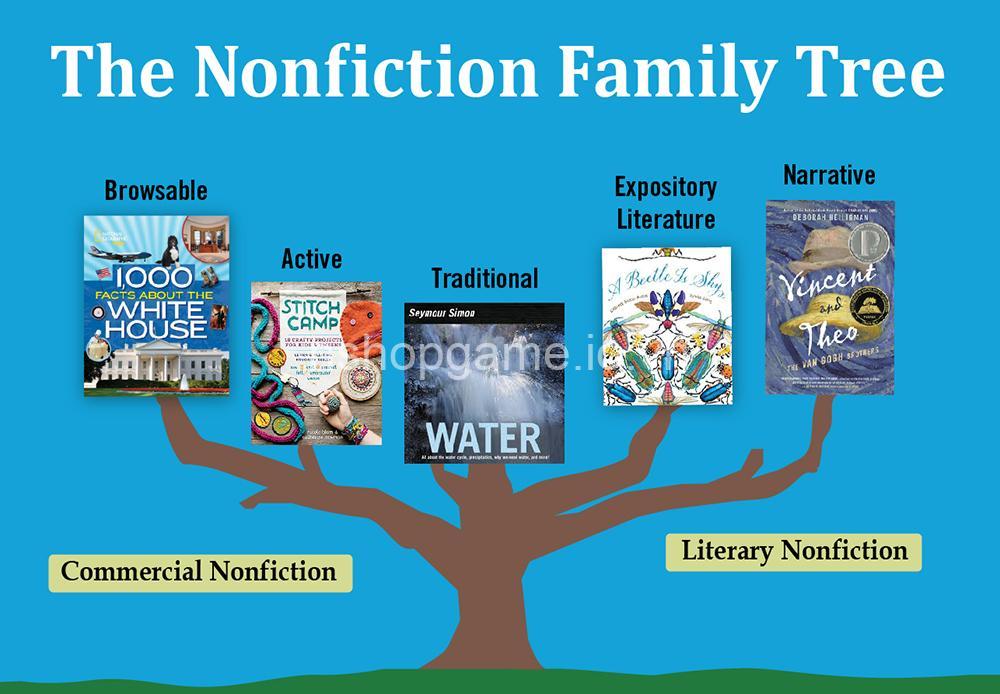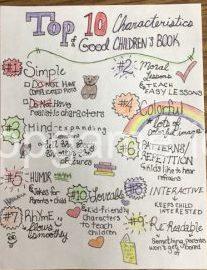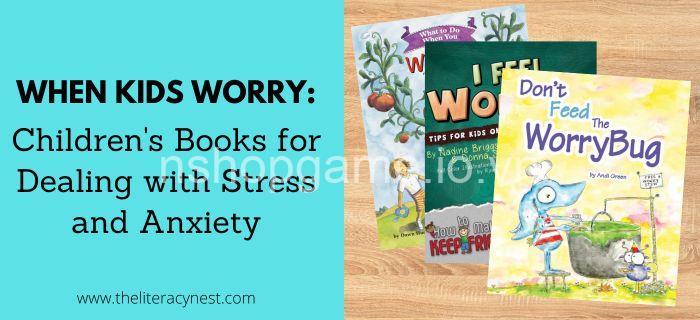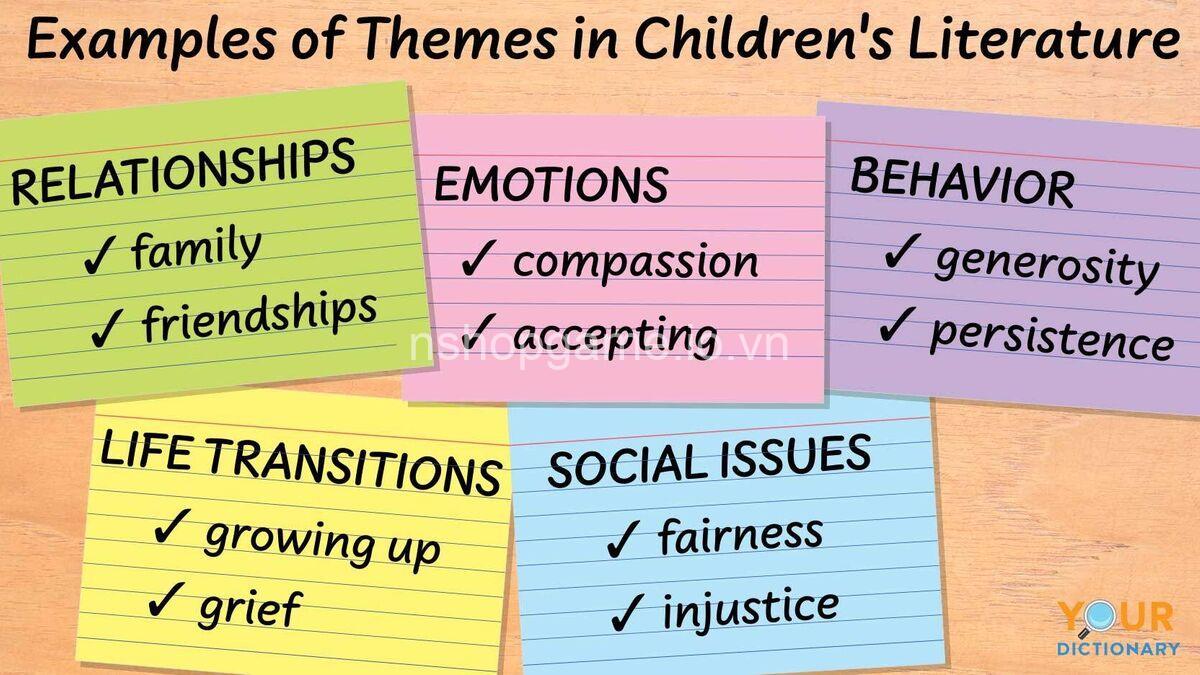Repetition in Children’s Books: Why It Matters for Young Learners. In today’s article, nshopgame.io.vn will explore with you in the most detailed and complete way. See now!
The Power of Repetition for Young Learners
You might think repetition is simply repeating words or phrases in books. But in the world of children’s literature, it’s much more than that. Repetition is a powerful tool that unlocks a world of learning and growth for young minds.
Imagine a child hearing the same phrase over and over in a story. This isn’t just boring; it’s actually helping them develop language acquisition and vocabulary skills. Each time they hear the phrase, it’s like a building block for their language understanding.
Think of the classic “The Very Hungry Caterpillar.” The consistent use of “He ate…” followed by a different food item helps children grasp the concept of sequencing and learn new words.
Repetition also aids in memory and recall development. Familiar phrases and patterns make it easier for children to remember stories and recall key details. It’s like having a mental roadmap for the story, making it more enjoyable and engaging.
But repetition isn’t just about cognitive development; it’s also crucial for emotional well-being. Hearing the same phrases and patterns again and again creates a sense of comfort and security for young children. They learn to anticipate what comes next, which fosters a sense of control and mastery over their environment.
For example, a child who consistently hears the same bedtime story with repetition might feel comforted by the predictable rhythm and words, making it easier for them to settle down for sleep.
The power of repetition extends to social development as well. Shared reading experiences, where a parent or caregiver reads aloud to a child, are enhanced by repetition. The predictability of the text allows for interactive reading, where children can participate by filling in missing words or making predictions.
This interaction strengthens bonds and creates a shared sense of enjoyment, contributing to healthy social development.
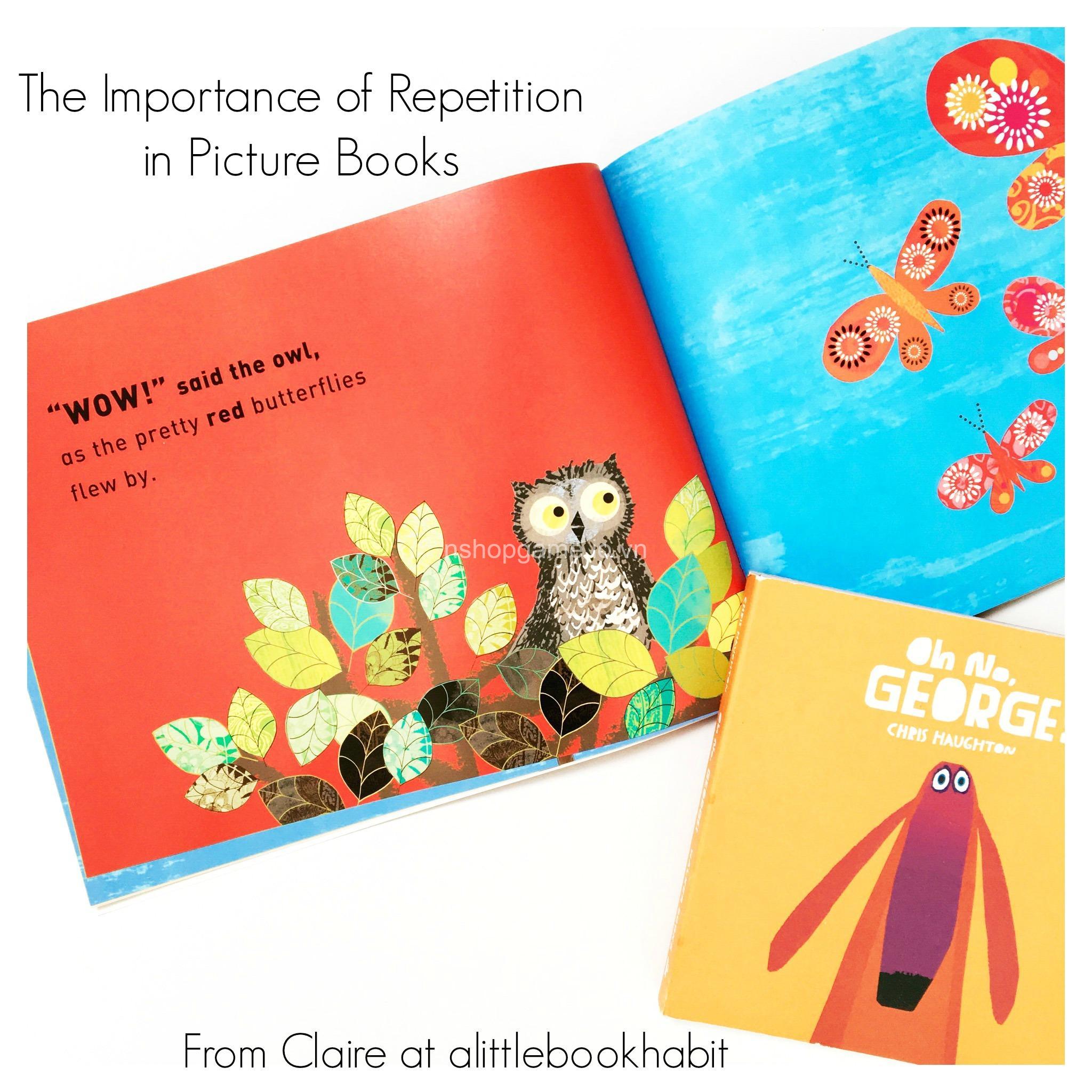
Repetition in Different Book Genres
Now that we understand the incredible power of repetition, let’s explore how it’s used in different children’s book genres.
Traditional Literature
Repetition is a hallmark of traditional literature, from folk tales to nursery rhymes. It’s woven into the very fabric of these stories, making them instantly recognizable and memorable.
Think of classic tales like “The Three Little Pigs.” The repeated phrase, “Not by the hair on my chinny chin chin!” adds humor and emphasizes the pig’s determination.
This kind of repetition isn’t just about adding rhythm or fun; it serves a crucial purpose in story structure and narrative flow. By using repetition, authors can create a sense of anticipation and draw the reader deeper into the story.
Modern Children’s Literature
While repetition may be less obvious in contemporary children’s books, it’s still a vital element. Modern authors often use repetition in more subtle ways to achieve different effects.
For example, a book might use a recurring phrase to highlight character traits or to create a sense of suspense. The repetition might be a subtle change in a word or a pattern in events, making the reader more attentive and engaged.
Repetition in modern children’s books also helps to tailor stories to different age groups. Younger children might benefit from more pronounced repetition, while older children might enjoy more subtle variations.
Choosing Books With Repetition: What Parents and Children Prefer
Parental Perspectives
Many parents instinctively gravitate towards books with repetition because they remember their own childhood favorites that featured it. They understand its power to engage and comfort young children.
However, some parents might have concerns about repetition, fearing that it could lead to oversimplification. It’s important to remember that repetition is not about dumbing down stories.
Repetition can actually be a valuable tool for enriching storytelling and fostering a love of reading.
By selecting books with repetition, parents can encourage their children to participate in the reading experience, predict what comes next, and explore new words and concepts.
Children’s Choices
Children, too, often seek out repetition in books. It provides them with a sense of comfort and control in a world that can sometimes feel overwhelming.
Familiar phrases and patterns help children feel safe and confident as they engage with stories. They can anticipate what comes next, which helps them develop a sense of mastery over the narrative.
It’s crucial for parents and educators to offer a variety of books that cater to different levels of repetition. Some children might prefer stories with heavy repetition, while others might gravitate towards more subtle variations.
Beyond Repetition: Balancing Variety and Familiarity
While repetition is an essential element in children’s literature, it’s important to offer a balanced selection of books that cater to children’s evolving needs and interests.
A good approach is to introduce books with varying levels of repetition, including books that don’t feature it at all. This helps children develop a broader understanding of different storytelling styles and expands their literary horizons.
It’s also important to consider other factors when choosing books, such as humor, suspense, and character development. Repetition can be effectively combined with these elements to create a more engaging and enriching reading experience.
For example, a book might use repetition to create a humorous effect, or it might use a recurring phrase to build suspense.
The key is to find a balance between familiar and new, creating a dynamic and engaging reading experience that caters to children’s individual preferences.
The Lasting Impact of Repetition
Repetition in children’s books has a lasting impact on children’s development. It lays the foundation for lifelong learning and a love of reading.
By providing children with books that utilize repetition thoughtfully and effectively, we can help them develop essential language, memory, and social skills.
The positive impact of repetition extends far beyond early childhood, helping children become confident readers and lifelong learners.
So, the next time you’re looking for a children’s book, remember the power of repetition. It’s not just about creating engaging stories; it’s about laying the foundation for a child’s future success in language, learning, and life.
I hope this information has been helpful. Please leave a comment below to share your thoughts or your favorite books that use repetition! You can also visit my website at https://nshopgame.io.vn for more engaging content about animals and pet care. Happy reading!
FAQs:
How does repetition help children learn language?
Repetition in children’s books helps children learn language in several ways:
- Vocabulary Development: Repeating words and phrases exposes children to new vocabulary and helps them solidify their understanding of those words.
- Grammar and Sentence Structure: Repetitive phrases and structures help children recognize patterns in language, which is crucial for understanding grammar and sentence formation.
- Language Acquisition: Through repeated exposure, children become familiar with the sounds, rhythms, and structure of language, making it easier for them to acquire new words and phrases.
Why is repetition important for children’s emotional development?
Repetition plays a crucial role in children’s emotional development by providing a sense of comfort and security:
- Predictability: Predictable patterns in stories allow children to anticipate what comes next, which creates a sense of control and mastery over their environment.
- Comfort and Security: Hearing the same phrases and patterns again and again provides a sense of comfort and security, especially during times of stress or transition.
- Emotional Regulation: Predictability helps children feel safe and secure, which can aid in emotional regulation and reduce anxiety.
Does repetition make books too simple for older children?
Repetition doesn’t necessarily make books too simple for older children. In fact, repetition can be used in more subtle ways to create complex and engaging stories for older readers:
- Character Development: Repetition can be used to highlight character traits and motivations, adding depth and complexity to the narrative.
- Suspense: Repetition can build suspense by creating a sense of anticipation or by foreshadowing events.
- Themes and Concepts: Repetition can be used to emphasize important themes and concepts, making them more memorable and impactful for older readers.
How can parents find a balance between repetition and variety in children’s books?
Parents can strike a balance between repetition and variety in children’s books by:
- Offering a variety of books: Include books with different levels of repetition, as well as books that don’t feature it at all.
- Focusing on other elements: Consider other factors like humor, suspense, and character development when choosing books.
- Introducing new books gradually: Start with familiar books and gradually introduce new books with different levels of repetition.
- Listening to children’s preferences: Pay attention to what children seem to enjoy and encourage their interests.
How does repetition contribute to shared reading experiences?
Repetition enhances shared reading experiences in several ways:
- Interactive Reading: Predictable patterns allow children to participate in reading by filling in missing words or making predictions.
- Shared Enjoyment: The predictability and familiarity of the text create a shared sense of enjoyment and connection between the reader and the listener.
- Language Development: Shared reading experiences with repetition provide opportunities for children to practice language skills in a fun and engaging way.
Conclusion
Repetition in children’s books is a powerful tool for fostering a love of reading, encouraging early learning, and nurturing emotional development. So, the next time you’re selecting a book for a child, remember the magic of repetition. It’s a key ingredient for a truly engaging and enriching reading experience.
Don’t forget to share your thoughts and favorite books that use repetition in the comments below! And for more information on animals and pet care, visit https://nshopgame.io.vn.
Jennifer Ann Martinez


